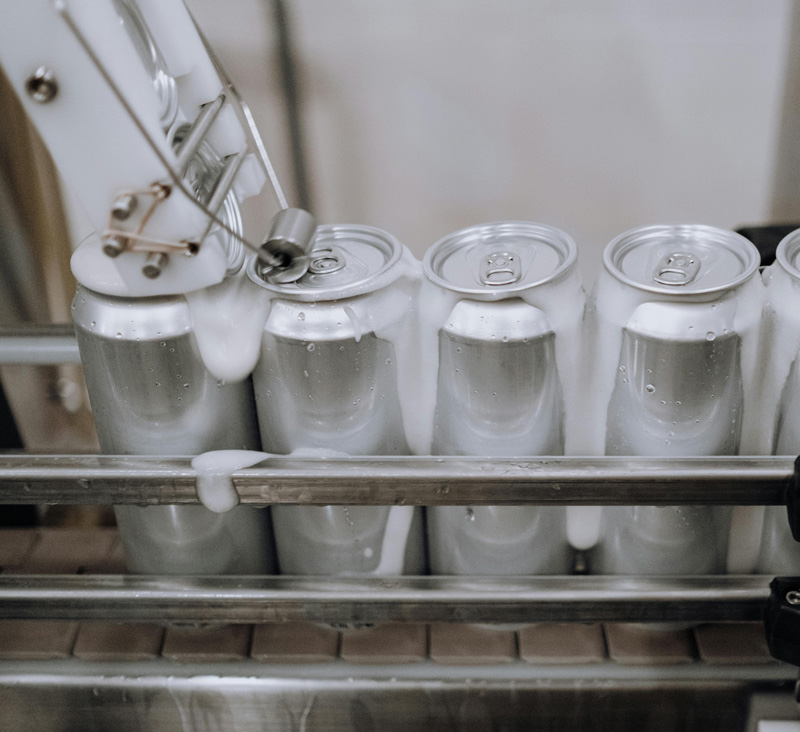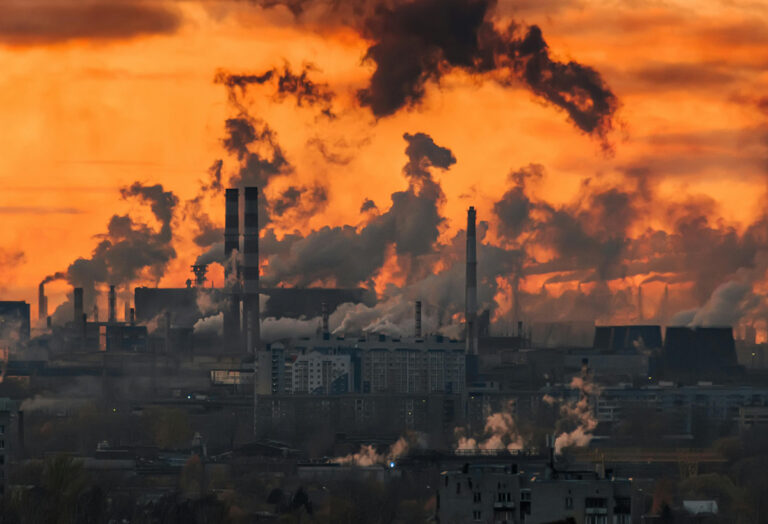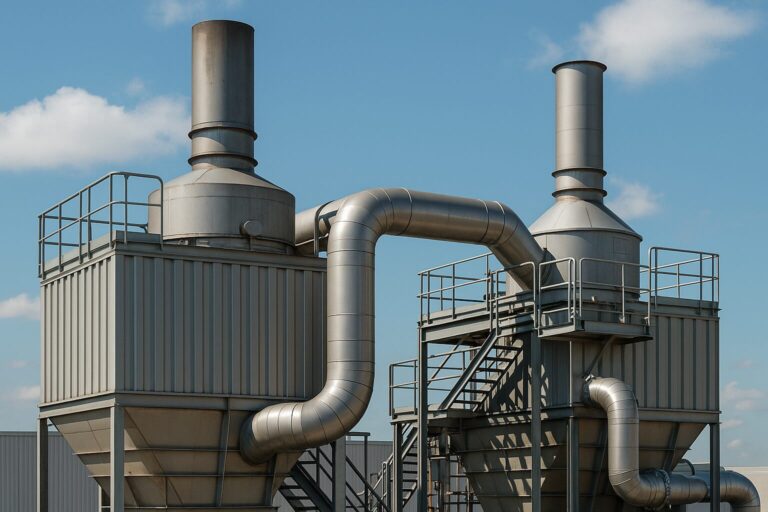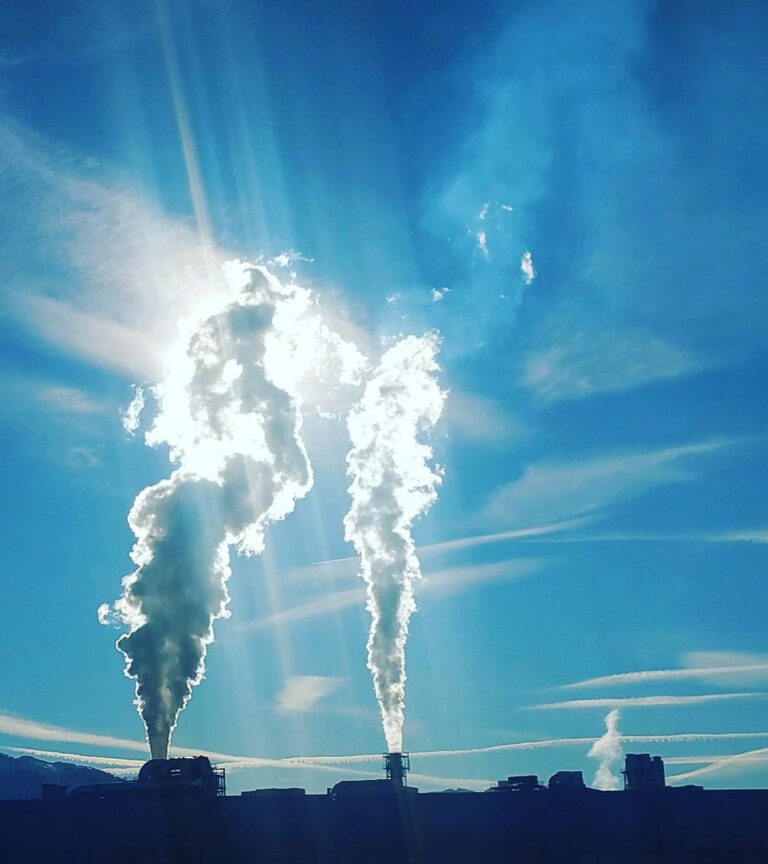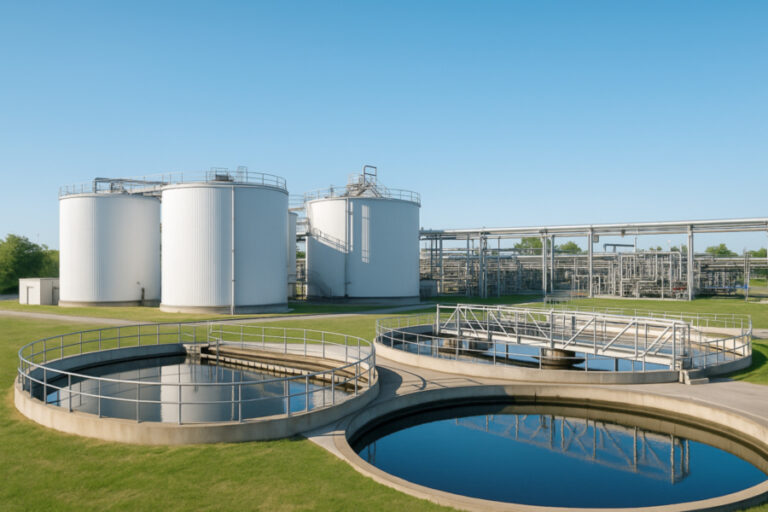From Carbonation to Circularity
Soft drinks depend on food-grade CO₂ for their signature effervescence. In this facility, CO₂ is scrubbed from fermentation off-gas or other industrial sources using an aqueous MEA loop. Over time, that loop accumulates heat-stable salts, color bodies, and trace organics that undermine solvent performance. Conventional practice would discard the fouled liquor as hazardous wastewater and replace it with virgin amine — an expensive, environmentally taxing cycle.
Instead, the plant embraced closed-loop solvent regeneration. MEA distills at about 171 °C under atmospheric pressure; by drawing a deep liquid-ring vacuum, the new unit lowers the boiling point dramatically, keeping thermal stress (and energy demand) to a minimum while preventing any fugitive emissions.
The Solution
Vacuum Distillation Core. A stainless-steel kettle receives the spent amine liquor. Under vacuum, contaminants concentrate in the bottom residue while purified MEA rises as vapor, then condenses for immediate reuse. Vacuum distillation employs deep sub-atmospheric pressure to depress MEA’s boiling point, enabling low-temperature separation. Spent solvent enters a 316 L stainless kettle where only the clean amine vaporises, leaving contaminants behind in the sump. The MEA vapour condenses in a sealed heat exchanger and is immediately recirculated to the CO₂-scrubbing loop at specification purity.
Heat-stable salts and degraded organics remain as a dense still-bottoms stream, shrinking wastewater volume to a few percent of feed. A touchscreen PLC governs temperature, pressure, and discharge steps, achieving >95 % solvent recovery with no fugitive emissions.
Quantifiable Gains
● Efficient MEA Recovery More than 95 % of the incoming solvent stream is returned to service at specification-grade purity, cutting annual amine purchases almost to zero.
● Minimal Wastewater Concentrated still bottoms amount to only a fraction of the original volume, reducing off-site disposal costs and truck traffic.
● Zero Atmospheric Emissions The sealed vacuum loop and integrated condensers ensure no solvent vapors escape to air, eliminating odour complaints and permitting hurdles.
● Pathway to ZLD Because the same skid can be paired with a small evaporator to treat the still bottoms, the facility is positioned to eliminate liquid discharge altogether in the next project phase.
Why This Matters
In beverage manufacturing, every cubic metre of wastewater and every kilogram of chemical loss translates into reputational and financial risk. Closed-loop MEA recovery demonstrates that solvent-based CO₂ capture can be not only carbon-efficient but also water-positive and nearly waste-free. The project shows that sustainability upgrades need not wait for disruptive new chemistries; they can be delivered today by integrating proven unit operations and smart controls.
From our vantage point, widespread adoption of such recovery systems could redefine best practice across the carbonation supply chain, shrinking footprints while shielding margins from volatile amine pricing. In short, turning a housekeeping challenge into a strategic advantage is now within reach.
Looking Ahead
The success of this installation has already sparked interest across the producer’s global network, and similar distillation skids are being evaluated for breweries, industrial gas users, and even direct-air-capture pilots. As regulations tighten around wastewater and solvent emissions, plants that embed circular-economy thinking today will be well positioned for the next wave of environmental standards.
At WIZZUM, we explore these solutions regularly in our industrial wastewater treatment strategies, helping clients reduce their environmental impact while improving operational efficiency.

